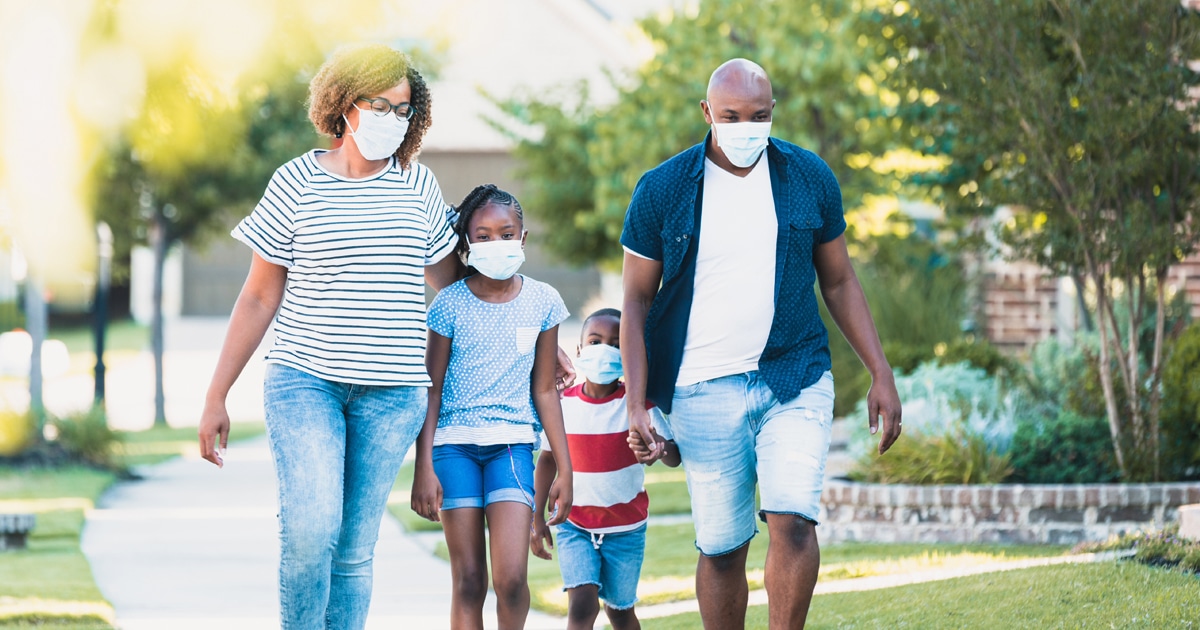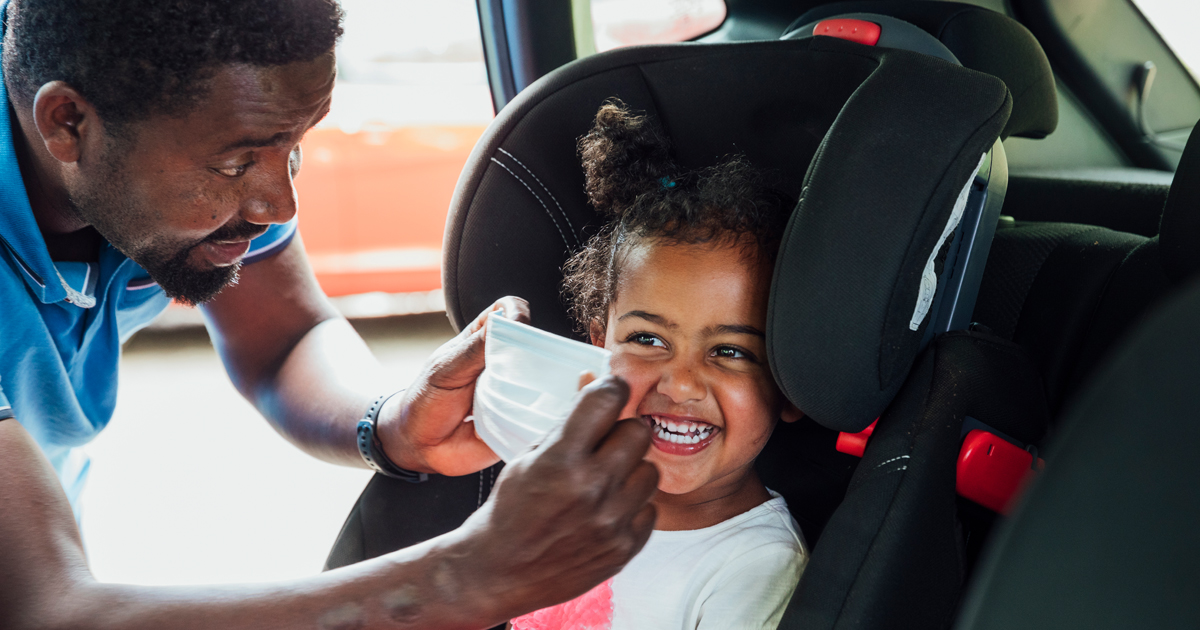5 Ways to set boundaries for friends (or family) who aren’t socially distancing

’Tis the season that families and friends would typically be reconnecting after months of being separated, however with the COVID-19 pandemic raging, this year will be different for many.
1. COMPLETE A THOROUGH PERSONAL RISK ASSESSMENT OF WHAT LEVEL OF SOCIAL INTERACTION YOU ARE COMFORTABLE WITH
Setting boundaries with family or friends poses challenges even in non-crisis situations. Dr. Phiwe Langa suggests that one should first establish their personal boundaries by completing a personal risk assessment, which will determine the level of social interaction they are comfortable with. The assessment entails a checklist to find out if you’re more likely to experience severe outcomes if infected with COVID-19. Your risk is determined by your age, biological sex, and chronic health conditions
The assessment can be completed here.
The level of social interaction you are comfortable with personally depends on you and your risk. For some people, it could be interacting in outside areas such as parks and for some, it could be to only attend a family event if it’s hosted in a well-ventilated area. Psychologist, Lerato Leshomo also advises one to educate themselves and their family about the importance of social distancing and to set their own boundaries as difficult as it may be.

2. ALLOW ONLY SCHEDULED AND MONITORED VISITS
When considering visitors to your home, there are risks to consider. Evaluating a risk spectrum begins with the parties involved such as: are you at a higher risk of contracting the virus and have your visitors been adhering to the COVID-19 rules. Be transparent with your friends and family members about how you feel and only allow scheduled visits with friends or family who have downloaded the COVID- 19 app on their phone, show no signs of the virus, and haven’t been partying and travelling. Ask them to set an appointment to visit you well in advance. During the visit, maintain a distance of at least one metre and warn visitors that they will not be allowed to hug or kiss you when greeting. Make sanitising hands upon entering your house a routine for all visitors. You should also keep visits relatively short. As the hour’s pass, we are more likely to drop our guard.
3. INTERACT IN AN OPEN ENVIRONMENT
The World Health Organisation (WHO) and experts suggest that the risk of virus transmission is lower outdoors. Dr. Phiwe Langa says that the reasons your chances of infection might be lower outside are that it’s easier to maintain social distance outdoors, and the virus has to navigate wind, heat, and humidity to jump between people. A picnic is a fairly safe option, especially if each family stays on their own picnic blanket. Consider requesting that guests bring their own coolers, ice, and food to avoid sharing. This especially means no shared finger foods. If you have food delivered from a restaurant, provide tables or spaces to keep for each household separated. Lerato also suggests that parents should teach their children about the virus and the importance of social distancing by coming up with games to play outdoors.
Health Sciences lecturer, Dr. Karin Van Der Merwe also advises that you have hand sanitiser for spraying hands when using communal items such as condiments and serving spoons.

4. PLACE CLEAR RULES AND INSTRUCTIONS WHEN SOCIALLY INTERACTING WITH FAMILY AND FRIENDS PUBLICLY
Make a list of what you’re comfortable doing and what gives you anxiety. Start by writing a yes vs. no list of things that make you feel uncomfortable or unsafe such as ‘Do I feel comfortable going out for dinner in hot spot areas’ or ‘Does visiting family or friends make me anxious?’ Once you’ve done that, communicate your rules clearly to let them know where you stand. Lerato also suggests that every family should have a Whatsapp group on which you discuss everything related to the virus.
Dr. Nomonde suggests that before interacting with your friends or family, you should send them that list and give them time to decide on whether they still want to interact with you. Also, ask other family members and friends how they are protecting themselves during this pandemic.
The rules could include:
- Only remove your masks around me when you are eating.
- If we happen to be in the same car, masks must still be worn.
- If you visit my home, all parcels entering the house have to be sanitised.
People may find it pedantic but you’re not doing anything wrong by prioritising your safety says Lerato.
5. CONSIDER THE CURRENT AGE GROUP TREND
According to The National Coronavirus Command Council, the age distribution of new cases shows a different pattern to previous trends, with the peak in the current period in the 15-19-year-old group. It attributed the change to parties involving young people drinking alcohol with no adherence to non-pharmaceutical interventions, including wearing masks and social distancing. If you have family members in that age group, consider keeping your distance from them or ask about their whereabouts in the last 10 days.
If you suspect that they’ve been compromised, it is advisable not to interact with them.
Related articles

Latest Jet club magazine
We’ve got the latest trends, exciting prizes and exclusive savings just for you!
Jet Club will not pass your details to anyone else. By clicking the subscribe button you confirm you have read and agree to the Jet Club Terms and conditions and Jet Club Privacy Statement.
Subscribe

